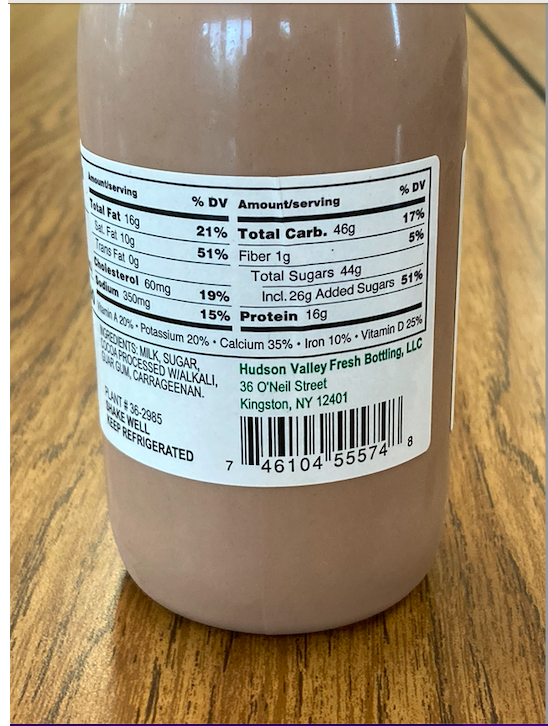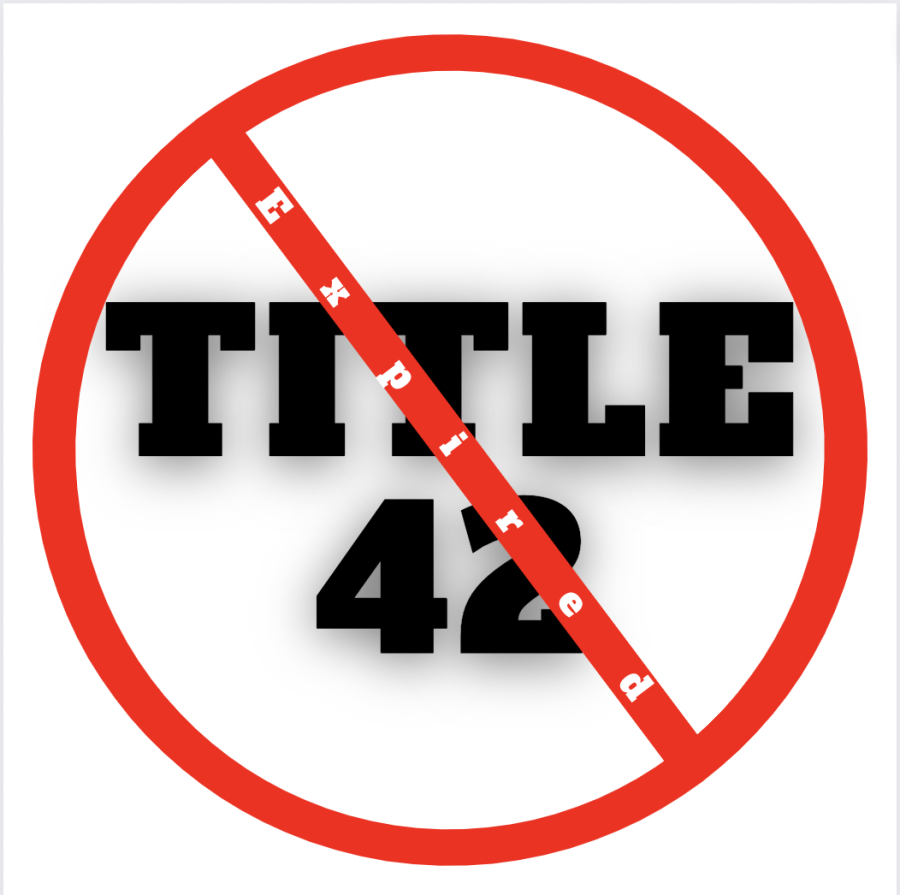Ever since the National School Lunch Act, signed by President Harry Truman in 1946, government-provided lunches have been served to children attending school. These lunches are supposed to be healthy, however they are filled with added sugar, disguised as “healthy” options.
One example of this is chocolate milk. The chocolate milk served in the cafeteria is labeled as “low fat,” however fat is not the only concern. The American Heart Association (AHA) recommends that children consume no more than 24-25 grams (about 6 teaspoons) of added sugar per day. BMS serves chocolate milk containing 26 grams of added sugar per bottle.
According to the Center for Disease Control (CDC), consuming more than this amount on a daily basis (especially when the sugar is consumed through sweetened beverages) can lead to many afflictions such as type 2 diabetes, heart disease, kidney disease, non-alcoholic liver disease, tooth decay, cavities, and gout.
Another example of a product riddled with added sugar is Izze, which is a type of soda disguised as “sparkling fruit juice”. This drink is served in the cafeteria and is very deceiving. If you read the nutrition label, you may be surprised that although it contains 21 grams of sugar, it contains 0 grams of added sugar.
However, if you read the ingredients, you will understand why. Izze comes from fruit concentrate, which is basically juice with the water and pulp removed.
The key here is the lack of pulp. Your body metabolizes different types of sugar differently. The sugar contained in fruit is called glucose, and your body can metabolize it without any problems as long as it contains fiber. Most of the fiber in a fruit comes from the pulp and skin, so when it is removed to make concentrate, you are left with glucose that is effectively added sugar. However since the sugar is technically “natural”, it isn’t listed as added sugar on nutritional labels.
I interviewed the Director of Food Services for Rhinebeck and Red Hook school districts, Mr. Anthony to learn more.
Throughout our interview, one of the main things he continued to touch upon was the lack of funding from the state. For the Rhinebeck school district, it costs around $20,000 monthly to buy the food, trays, utensils, etc. However, New York State only provides an annual fund of about $30,000.
Another topic for discussion was the lack of flavorful food served at school.
“Kindergarteners, middle schooler students, and high school students all have different tastes. We cannot cater to everyone, and we are limited on what spices we can use,” said Mr. Anthony.
While he does manage the logistics of food in the entire school district, BMS and CLS are separate schools, with separate cafeterias, so it should be possible to cater to different tastes.
Issues with the supply chains that deliver the lunches to BMS was another subject we covered. The process of providing the school with provisions to cook food is a lengthy operation. Once ingredients are ordered, they need to be shipped from a warehouse to the school. During this process, orders can be messed up, resulting in names of items on the menu not coinciding with what is being put on the trays of students.
It is evident that school lunches are not perfect, and a sizable amount of work must be done to shore up the system in order to prevent further inconvenience to students and staff alike.







